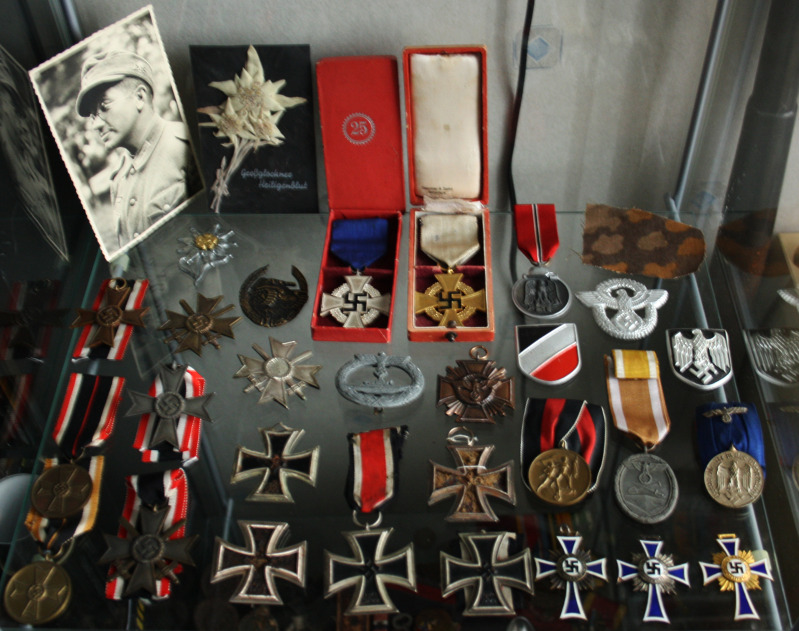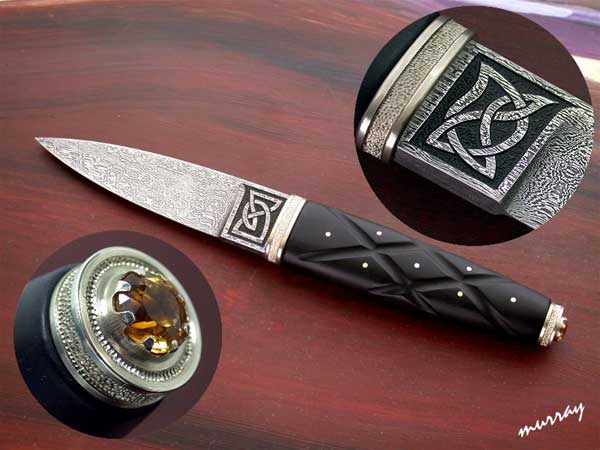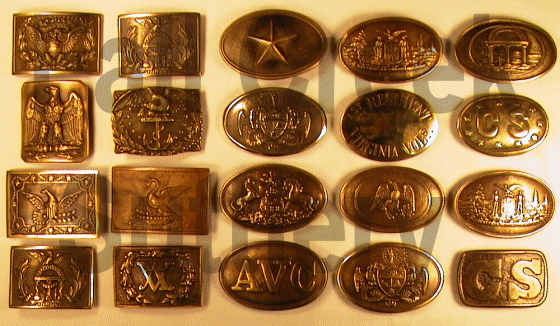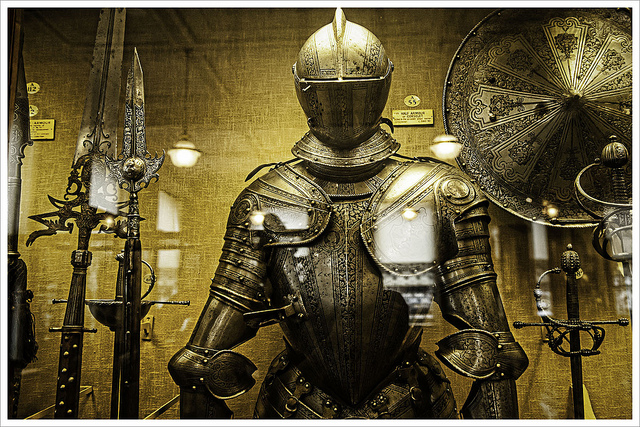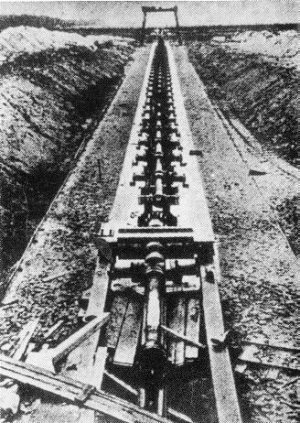The list of militaria is large due to the amount of items it covers. Most aspects of military collectables include, bayonets, medals, badges, uniforms, steel helmets, pistols, revolvers, muskets, rifles, and deactivated guns.
Today, the collecting of militaria is an established hobby among many groups of people. Many European families, specifically those royal families with long martial tradition, have large collections of militaria passed down from generation to generation. Also, many people today collect militaria for investment purposes, as the value of extremely rare antiquities almost never goes down.
Militaria are artifacts or replicas of military, police and such like collected because of their historial significance. Such antiques include firearms, swords, knives, and other weapons.
There are uniforms, helmets, headgear and armour.German WW1 and WW2 relics, British WW1 and WW2 items and antique British, French and German Military swords and guns prior to 1870.
Due to the vast array covered many auction houses specialist in specific types and times dating back to mediaval times to the present day such as WW2.
A very popluar form of militaria is true and crafted miniaturism. This describes a hobby that covers military themed miniaturism of many types including:
- aircraft
- figures, tin soldiers
- ships
- vehicles
- weapons, emplacements or equipment
- science fiction themes
Emphasis on realism, historical accuracy and scale of the miniatures are important aspects of this hobby. Knowledge of history, events and geography also play a role in the development of subjects and themes. Many miniaturists produce very complex replicas in exact detail and complexity. The cost and skills involves mean that this has increasingly become a hobby for grown-ups.Often the military miniaturist will combine different kinds of miniatures in the same diorama; for example: vehicles and figures; aircraft and vehicles.

